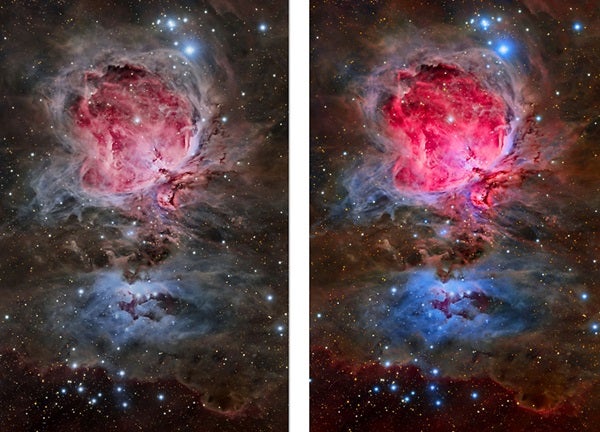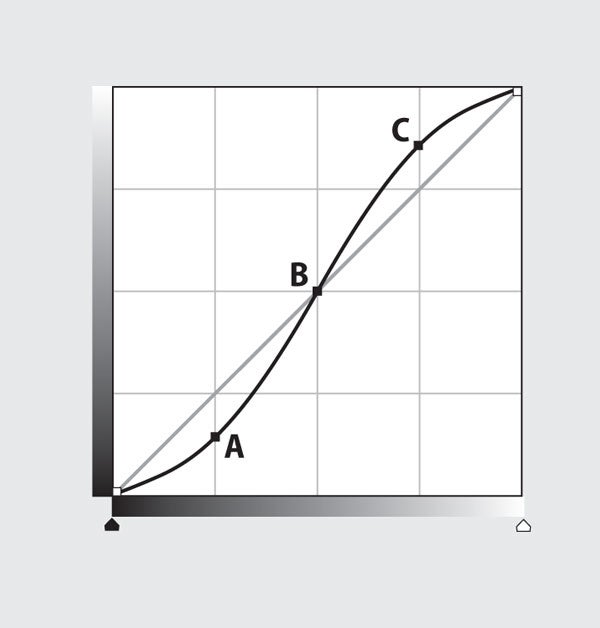From the viewpoint of this short tutorial, Lab Color allows you to increase an image’s color saturation without adding the noise that you would encounter if you just moved the “Saturation” slider to the right.
Lab Color works in both 8-bit and 16-bit mode, so you can use it during any stage of your processing. What makes Lab Color special is that it separates the pure color data from the luminance data. And when you increase the color saturation, you will work only with the color. Here are my steps to make Lab Color work for you.
Step 1: Have your image open in Photoshop and select “Image,” then “Mode,” and then “Lab Color.” Note that your image started as “RGB Color,” but by clicking on “Lab Color,” it is now in that color mode.
Step 3: It is now possible to only adjust the contrast and density of the image in the “Lightness” mode, but what we are really interested in is the two parts that make up the color: a and b. The a color is the green and magenta hues, and the b color is the yellow and blue ones. It’s easy to remember which is which: b = blue.
Step 4: To make something happen, remember that Lab Color increases saturation when you increase the contrast of either the a or b “Curves” line. To increase the contrast with “Curves,” simply make an S-shaped curve.
It is critical to have each half of your S be equal. If you don’t, you will change the color balance of your image. The easiest way to make sure that they are even is to use the grid lines in the “Curves” box. Pull down and anchor on the first line, and then pull up and anchor on the third line when the middle of the curve intersects the center of the graph. (See the image above.) Nothing could be easier!
Step 6: If you do want to change the overall color balance, all you have to do is move the midpoint of the curve in the respective color (a or b). Experiment with this, and it will soon become clear.
Step 7: When you have increased the saturation to your satisfaction, convert back to RGB Color by going to “Image,” then “Mode,” and then “RGB Color.” You will now have gorgeous color saturation, and you won’t have added a lot of noise. Also, as a longtime photographer, I can attest that this works equally well on non-astronomical subjects like landscapes and flowers.












